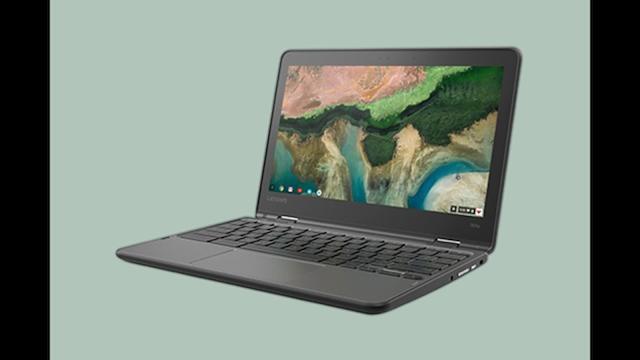AUSTIN, Texas – Forensic artists are often called on by police investigators to help solve cases.
The artists use their talents to create composite drawings of suspects in hopes of identifying them.
Jorge Molina, a forensic artist with the DPS Texas Rangers, has helped investigators generate leads with his drawings and facial reconstructions that have helped them crack cases.
Now Molina has some new technology that is making the process a little easier.
"Traditionally this type of work has been done with pencil and paper and it's quite effective that way," Molina said. "A lot of forensic artists now are using more digital imaging techniques to enhance their drawings."
To create a composite drawing of a wanted suspect, Molina must first interview witnesses and victims to gather key details about that suspect.
"We'll get called early in an investigation because the information is time sensitive and we want to generate leads as soon as possible. I need a witness who has a description of the suspect and is willing to cooperate with investigators to create a composite drawing," Molina said. "We're sort of assisting them to retrieve as much information from their memory of what the suspect looks like."
Molina starts with a simple sketch, using reference photos of facial features to guide the witness. He has a large binder with hundreds of reference photos of different types of faces, eyes, noses and mouths.
Molina also has to take into account the vantage point of the witness to the suspect and other aspects that might influence their memory.
"For example, lighting, distance, angle and these are things I need to know prior to drawing so that I can understand how that victim or witness may have interpreted that suspect's face," Molina said. "Did they see the suspect primarily seated in a car, or did they see the suspect standing up, these are things that are going to influence the way that victim or witness recalls that suspect's face."
In the past, Molina would rely only on an eraser to make adjustments to his image to match the victim's memory, but new technology lets him make those changes digitally.
"I'll start off with a hand-drawn sketch and then scan that into a computer and enhance it with digital imaging software to then create a product that is a little bit more detailed," Molina said. "If the victim or the witness feels that the shape of the eyes is fine but would like the eyes to be closer set, that's an adjustment I can do with the digital imaging application so that I don't necessarily have to erase and start over. I can just use the mouse and a couple of keys on the keyboard to then bring those eyes closer together."
Molina uses the same methods to create postmortem renderings to help investigators identify a body.
Last year, Molina's drawing of a woman who was killed in an accident on Interstate 35 near Schertz helped investigators identify her and return her remains to her family in Ecuador.
Molina's drawings often bare an eerie resemblance to the suspects they help catch, but you won't hear him taking credit for any of it.
"I'm satisfied when a case is resolved, whether or not it's due to the drawing or some other investigative tool," Molina said. "I always attribute all credit to the victim or witness who's brave enough to give me an accurate description of a suspect."


